Format
SHP
146 record(s)
Type of resources
Available actions
INSPIRE themes
Provided by
Years
Formats
Representation types
Update frequencies
Status
Scale
geoDescCode
cartografia
geographicCoverage
geographicCoverageDesc
inspirecore
referenceDateRange
denominatorRange
resolutionRange
dataPolicy
openServiceType
dataType
dataFormat
-
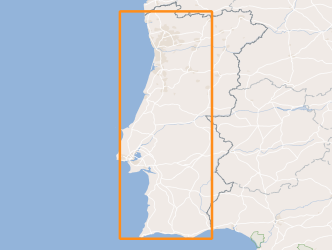
Marine biotoxins monitoring of bivalve molluscs in classified production areas in mainland Portugal, since 2014, at intervals defined in the respective sampling plan, through the detection and quantification of the various groups of marine biotoxins laid down in Regulation (EC) 853 / 2004 in live bivalve tissues. These analyzes are part of the national monitoring of bivalve molluscs production areas and are considered in the official control system for decision-making concerning health rules applicable to bivalve in the various production areas. The data is collected according to the requirements of Regulation (EC) No 854/2004 of the European Parliament and of the Council of 29 April 2004 and the rules set out in Decree No. 1421/2006 of the Ministries of Economy and Innovation and Agriculture, Rural Development and Fisheries of 21 December 2006.
-

Quantification of contaminant metals including mercury, lead and cadmium in bivalve harvested semiannually in bivalve mollusc coastal and transition production areas in mainland Portugal since the year 2014. These analyzes are part of the National monitoring system of bivalve mollusc production areas and are considered in the classification of these areas and in the decision-making relative to their status. The data is collected according to the Regulation (EC) No 854/2004 of the European Parliament and of the Council of 29 April 2004.
-
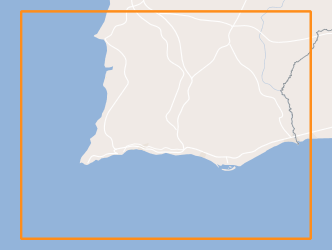
Within Portugal's National Biological Sampling Project (PNAB) a set of activities are conducted in the collection, management and use of biological data, collected from the registered commercial fleet in mainland Portugal (fisheries-dependent data) and several research surveys (independent fisheries data). These activities allow the assessment of the state of fishery resources, population structure, distribution and abundance of resources, diversity and dynamics of biological communities associated with the fishery resources and biological studies (growth, reproduction).This resource shows the geographic distribution of golden shrimp abundancy index (nr. individuals/hour) registered during the CRUSTACEOS2009 campaign in June 2009.
-

Nosologic map of the Mussel in mainland Portugal. The health screening of the species population aims the identification and characterization of diseases affecting the Mussel and their characterization both as to its epidemiology (incidence, prevalence and intensity of the disease), as to their impact on production. This information is intended to characterize the different production areas of the species from the health point of view.
-
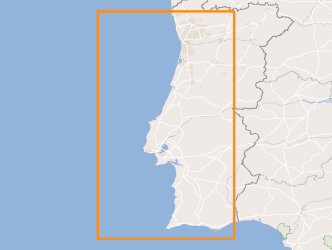
Within Portugal's National Biological Sampling Project (PNAB) a set of activities are conducted in the collection, management and use of biological data, collected from the registered commercial fleet in mainland Portugal (fisheries-dependent data) and several research surveys (independent fisheries data). These activities allow the assessment of the state of fishery resources, population structure, distribution and abundance of resources, diversity and dynamics of biological communities associated with the fishery resources and biological studies (growth, reproduction).This resource shows the geographic distribution of european hake abundancy index (nr. individuals/hour) registered during the DEMERSAL2008 campaign in September 2008.
-
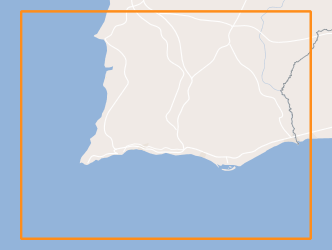
Within Portugal's National Biological Sampling Project (PNAB) a set of activities are conducted in the collection, management and use of biological data, collected from the registered commercial fleet in mainland Portugal (fisheries-dependent data) and several research surveys (independent fisheries data). These activities allow the assessment of the state of fishery resources, population structure, distribution and abundance of resources, diversity and dynamics of biological communities associated with the fishery resources and biological studies (growth, reproduction).This resource shows the geographic distribution of deep-water rose shrimp abundancy index (nr. individuals/hour) registered during the CRUSTACEOS2009 campaign in June 2009.
-
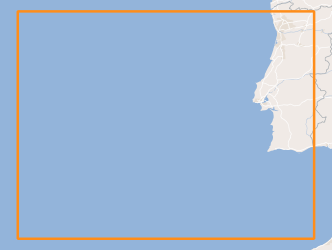
Geology and Geomorphology of offshore Portugal in the Quaternary period, using as reference the Geological Chart of the Immersed Area, Scale 1: 2 000 000, of the Geological Chart of Portugal, Scale 1: 1 000 000. National Laboratory of Energy and Geology (LNEG) 2010 .
-
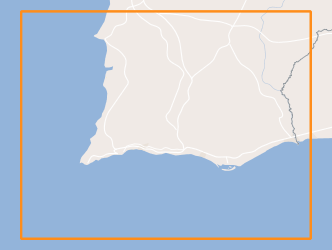
Within Portugal's National Biological Sampling Project (PNAB) a set of activities are conducted in the collection, management and use of biological data, collected from the registered commercial fleet in mainland Portugal (fisheries-dependent data) and several research surveys (independent fisheries data). These activities allow the assessment of the state of fishery resources, population structure, distribution and abundance of resources, diversity and dynamics of biological communities associated with the fishery resources and biological studies (growth, reproduction).This resource shows the geographic distribution of blue whiting abundancy index (nr. individuals/hour) registered during the CRUSTACEOS2008 campaign in June 2008.
-

Volcanic centres in the Portuguese offshore, located between the Mid-Atlantic Rift zone (Azores archipelago) and the continental margin.
-

Within Portugal's National Biological Sampling Project (PNAB) a set of activities are conducted in the collection, management and use of biological data, collected from the registered commercial fleet in mainland Portugal (fisheries-dependent data) and several research surveys (independent fisheries data). These activities allow the assessment of the state of fishery resources, population structure, distribution and abundance of resources, diversity and dynamics of biological communities associated with the fishery resources and biological studies (growth, reproduction).This resource shows the geographic distribution of golden shrimp abundancy index (nr. individuals/hour) registered during the CRUSTACEOS2011 campaign in June 2011.
